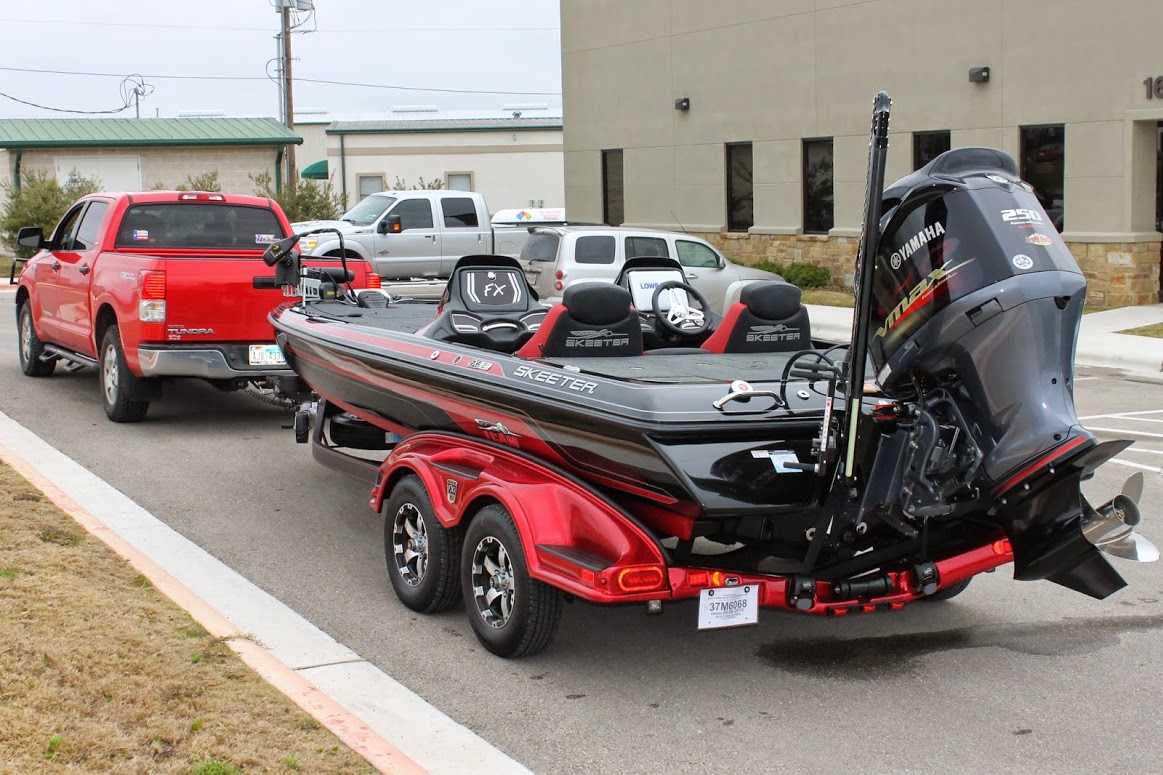5 Things You Need to Know When Buying Yacht Insurance
If you are in the market for a new yacht or you’ve just purchased yourself a yacht, the next step and most obvious step should be acquiring insurance for your new purchase. You don’t want to leave something as large and expensive as a yacht without any form of insurance or protection. However, buying insurance for your yacht is not simple and easy like buying insurance for your car or your house. Here are a few things you should know:
1. The Why
Understanding why you need insurance for your yacht is extremely important. It might seem like a step you can skip, but this is false information. You can’t go without insurance. Your boat is not going to be covered by your homeowner’s insurance nor your automobile insurance, so you need to speak with your insurance provider to get the right policy to fit your unique yacht. The insurance can help cover should something happen to your boat like theft, damage, and more.

2. Differences
Boaters insurance, which covers yachts, is not like homeowners insurance and it’s not like automobile insurance. Boaters insurance is more like a combination of the two. If someone is injured on your boat, it is covered by the liability insurance, much like homeowners insurance. If body damage occurs to the boat due to other boaters or yourself, your insurance will cover it much like automobile insurance. You can even add to your policy to cover flood, fire, theft, and vandalism. You should always check for a layup time to see if your boat is supposed to be out of the water at a certain point.
3. Coverage
Knowing if your yacht is covered anywhere is good information to have when getting insurance. You need to check your insurance policy to see if your yacht will be covered should you roam from American waters. Typically, this is only an issue when dealing with international waters like Mexico and Canada. South Carolina boat insurance agency, Upside Insurance, indicates that you should also check for navigational warranties on your insurance to make sure that where you intend to travel is covered should something happen to your boat during your trip.
4. Out of Water
Many people wonder if their yacht will be covered when being transported on land. While most boaters insurance allows the automobile policy to take over at this point, yacht insurance is different. Should the loss of a life or a bodily injury happen while the yacht is being transferred, your policy will not cover it. Damage to property is also not covered by these policies.
5. Saving Money
You save money on yacht insurance if you ask the right questions and say the right things. The first way to save money is to be specific. You want to get the right insurance for your specific boat, in this case, a yacht. Don’t buy insurance for a sailboat, in other words. You also want to make sure you get the right safety features, which can help avoid injury or damage. Another way to save money is by taking a boating class. Believe it or not, if you know what you’re doing, you will be better off navigating your yacht around. You can also extend your lay-up period to convince insurers to cut your premium.








